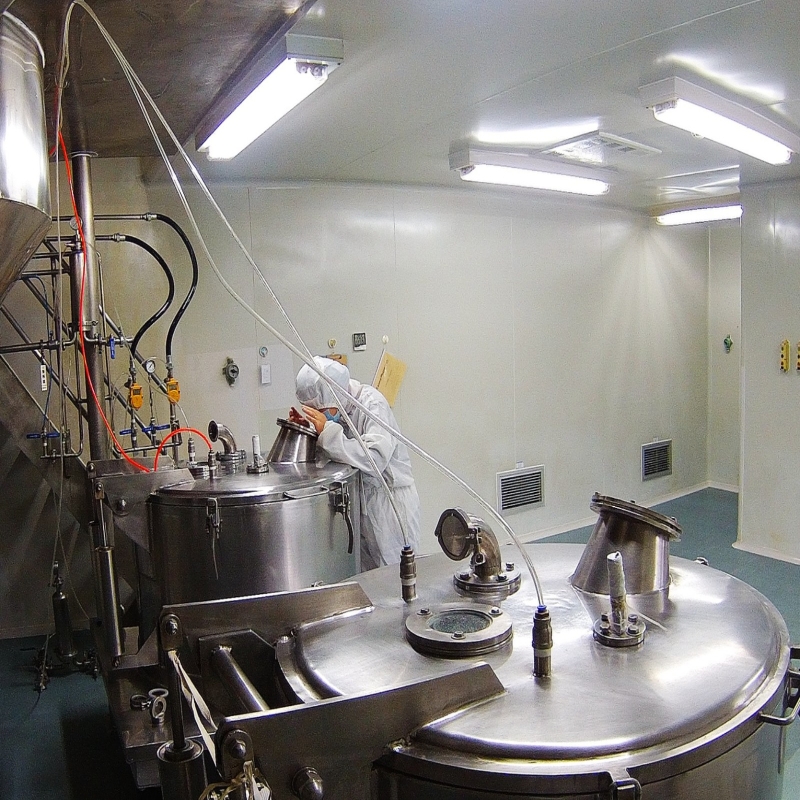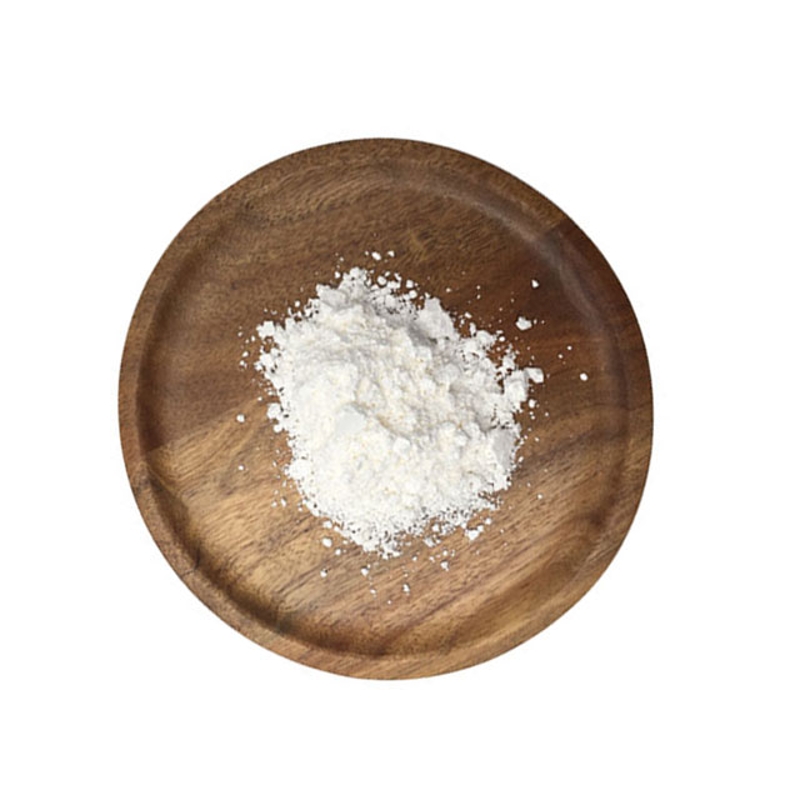-
Categories
-
Pharmaceutical Intermediates
-
Active Pharmaceutical Ingredients
-
Food Additives
- Industrial Coatings
- Agrochemicals
- Dyes and Pigments
- Surfactant
- Flavors and Fragrances
- Chemical Reagents
- Catalyst and Auxiliary
- Natural Products
- Inorganic Chemistry
-
Organic Chemistry
-
Biochemical Engineering
- Analytical Chemistry
- Cosmetic Ingredient
-
Pharmaceutical Intermediates
Promotion
ECHEMI Mall
Wholesale
Weekly Price
Exhibition
News
-
Trade Service
The ankle brachial index (ABI) measures the systolic pressure of the posterior tibial artery or anterior tibial artery of the ankle and the brachial artery to obtain the ratio between the ankle arterial pressure and the brachial artery pressure
.
The ABI range of healthy people is 1.
0-1.
ABI ≤ 0.
Purpose: The importance of the ankle brachial index (ABI) for the prognosis of diabetic patients is still controversial
.
Our purpose is to evaluate the relationship between ABI and the occurrence of microvascular and macrovascular complications in patients with type 2 diabetes
.
Methods: 668 patients with type 2 diabetes were tested for baseline ABI and followed up for a median of 10 years
.
Multivariate Cox analysis of ABI and microvascular (retinopathy, microalbuminuria, deterioration of renal function and peripheral neuropathy) and macrovascular (total cardiovascular events, major adverse cardiovascular events and cardiovascular deaths) complications and all-cause mortality The relationship between the use of C statistics and comprehensive discriminant improvement index (IDI) to evaluate the improvement of risk stratification
.
Results: During the follow-up period, 168 people had cardiovascular events (140 MACE), 191 people died (92 deaths), 156 people had new or worsening diabetic retinopathy, and 194 people had kidney disease (122 people had new microalbumin Urine, 93 people had worsening renal function), 95 people had new or worsening peripheral neuropathy
.
Whether ABI is analyzed as a continuous variable or a categorical variable, it is significantly related to the results of all large blood vessels and mortality except for cardiovascular mortality
.
But it has nothing to do with the outcome of retinopathy or kidney disease
Table: Risk identification after adding ABI to the standard risk model
The value in brackets is 95% CI
a Standard risk model: age, gender, BMI (height of peripheral neuropathy), smoking, physical activity, course of diabetes, diabetes and antihypertensive treatment, 24-hour dynamic SBP,
aWhether there are microvascular and macrovascular complications at baseline, serum average first year glycosylated hemoglobin (HbA1c), high-density lipoprotein (HDL) and low-density lipoprotein (LDL) cholesterol levels
*p<0.
0 5, **p<0.
01
Conclusion: Low ABI is associated with adverse cardiovascular events , mortality, and the risk of peripheral neuropathy development or excessive exacerbation, and optimizes the cardiovascular risk stratification method
.
Therefore, the ABI of patients with type 2 diabetes should be routinely evaluated
.
Low ABI is associated with cardiovascular adverse events , mortality, and the risk of peripheral neuropathy development or excessive exacerbation, and optimizes the cardiovascular risk stratification method
Cardoso CRL, Melo JV, Salles GC, et al, Prognostic impact of the ankle-brachial index on the development of micro- and macrovascular complications in individuals with type 2 diabetes: the Rio de Janeiro Type 2 Diabetes Cohort Study .
Diabetologia 2018 11; 61(11) Prognostic impact of the ankle-brachial index on the development of micro- and macrovascular complications in individuals with type 2 diabetes: the Rio de Janeiro Type 2 Diabetes Cohort Study in this message







